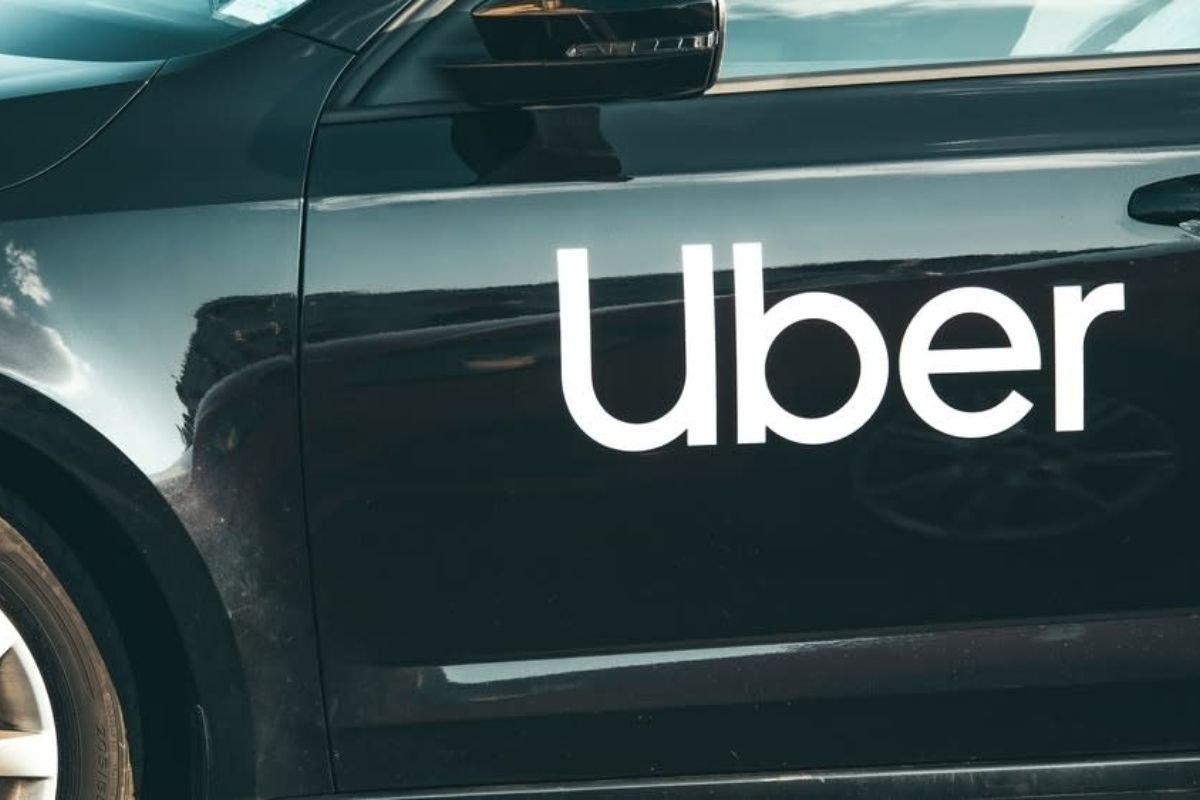Uber revenue grew 18% year-over-year in Q2, and the company authorized a $20 billion stock repurchase program—highlighting continued strength in ride-hailing, delivery, and autonomous vehicle initiatives.
Uber Reports Strong Q2 Revenue and Shareholder Return Plans
August 7, 2025 – San Francisco, CA – Uber Technologies Inc. posted second-quarter earnings on Wednesday that beat revenue expectations and included a major shareholder return initiative in the form of a $20 billion stock buyback authorization. The company continues to grow across its core mobility and delivery segments, while deepening its push into autonomous technology and consumer personalization.
For the quarter ended June 30, Uber reported:
- Uber revenue reached $12.65 billion, surpassing the $12.46 billion expected by analysts.
- Net income of $1.36 billion, or $0.63 per share, compared to $1.02 billion or $0.47 per share in the prior year.
- Gross bookings rose 17% to $46.8 billion, with adjusted EBITDA reaching $2.12 billion.
“Very excited about the growth and profitability of the company,” said CEO Dara Khosrowshahi, adding that Uber is not currently seeing signs of consumer weakness.
Segment Performance and Platform Engagement
Uber’s mobility segment saw $23.76 billion in gross bookings (up 18% YoY), while the delivery business — primarily Uber Eats — brought in $21.73 billion, a 20% increase from the previous year.
User engagement on the platform also saw meaningful growth:
- Monthly active platform consumers rose 15% to 180 million.
- Total trips reached approximately 3.3 billion, an 18% year-over-year increase.
The company introduced Senior Accounts in Q2, a redesigned app experience with simplified interfaces and family coordination features. It also began testing a new feature in the U.S. enabling women riders and drivers to be matched based on gender preferences.
Advancing in Autonomous Mobility and AI
Uber continues to deepen its presence in the autonomous vehicle (AV) sector, which the company now refers to as “physical world AI.” It currently partners with over 20 autonomous technology providers and offers services in 12 cities.
Uber’s autonomous collaborators include major names like Waymo, Apollo Go, and Nuro, as well as emerging players like Wayve and May Mobility. Uber began commercial robotaxi operations with Waymo in Austin, Texas, earlier this year and expanded to Atlanta in June.
Khosrowshahi noted that in Austin and Atlanta, “the average Waymo is busier than 99% of our drivers in terms of completed trips per day,” signaling early adoption success of AVs on the platform.
The company is also investing in the future of its autonomous strategy, committing $300 million to electric vehicle maker Lucid. Lucid will use the funds to develop robotaxis in partnership with Nuro, which will be integrated into Uber’s platform.
Strategic Vision and Future Outlook
CEO Khosrowshahi emphasized Uber’s ambition to serve users “across all stages of life,” citing opportunities to personalize services for families, seniors, and specific user groups. The company also sees long-term potential in cross-platform activity, particularly in international markets where Uber Eats has outpaced mobility in popularity.
Despite share price fluctuations following the earnings call, Uber Revenue $20 Billion stock remains up 48% year-to-date, significantly outperforming the Nasdaq, which is up around 8%.
Looking forward, Uber plans to pursue further technology partnerships, expand AV services, and strengthen platform integrations to continue driving top-line growth and operational efficiency.
Visit Enterprise Wired for the most recent information.










